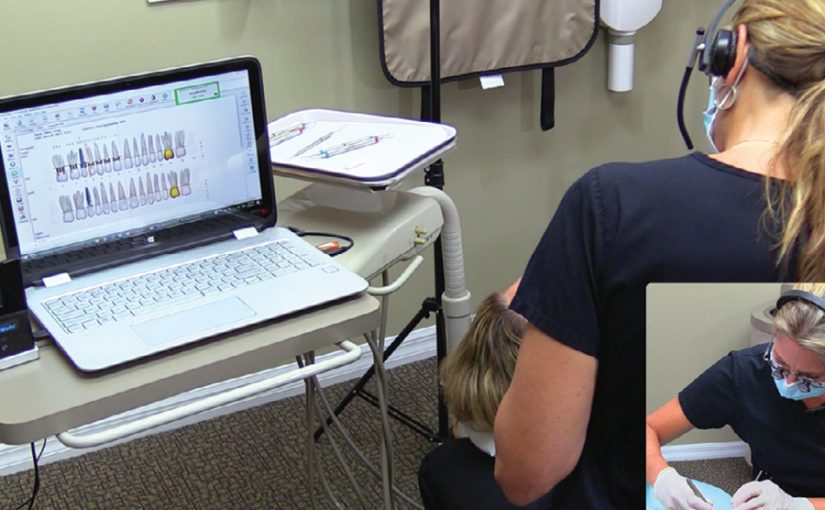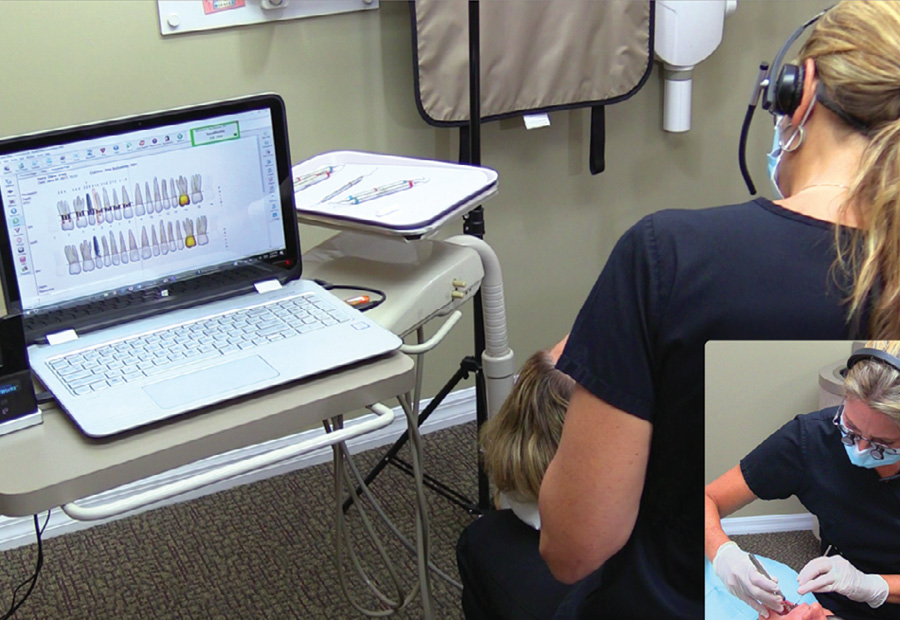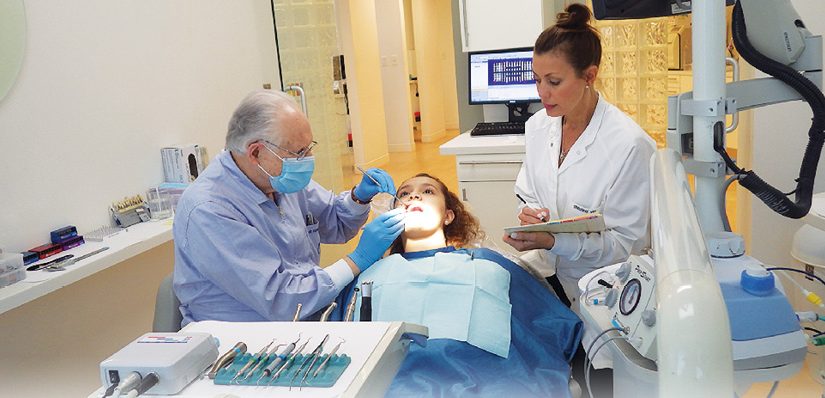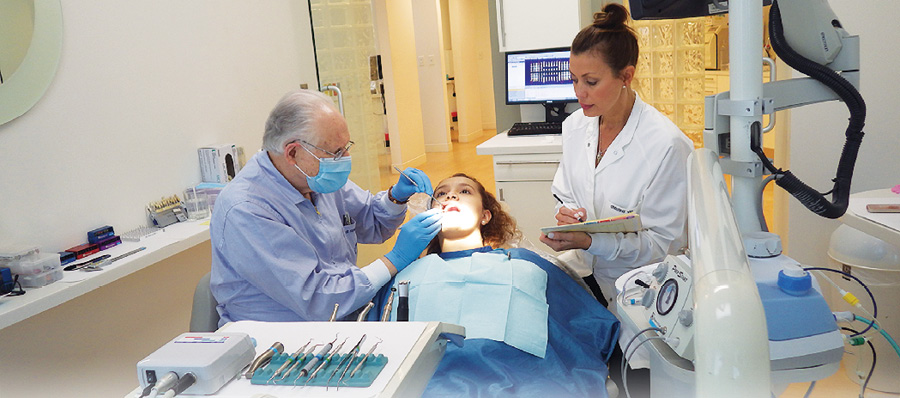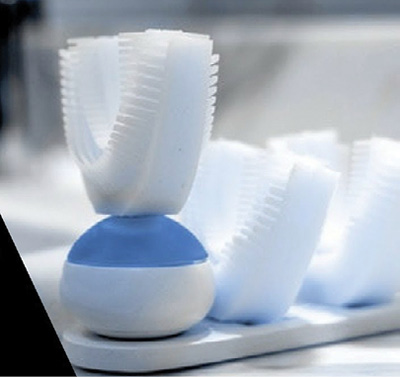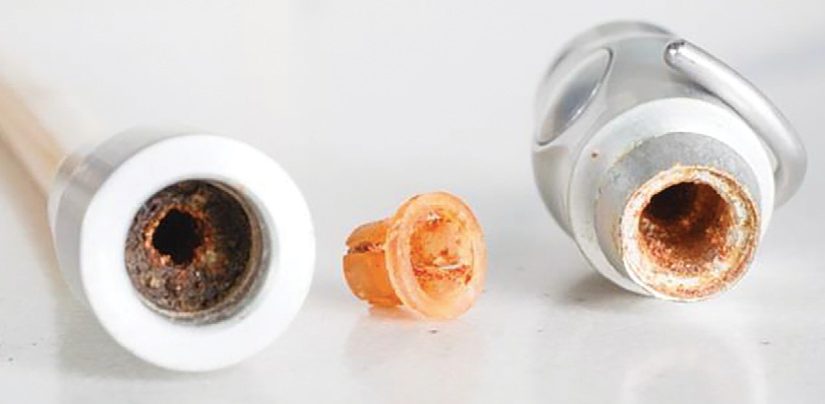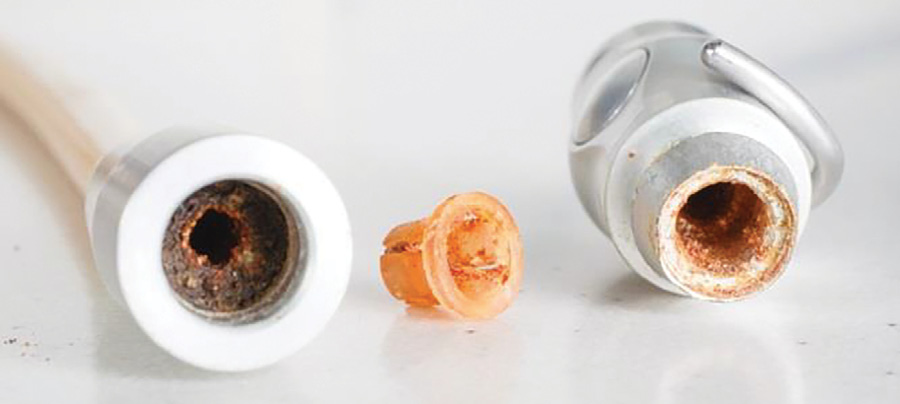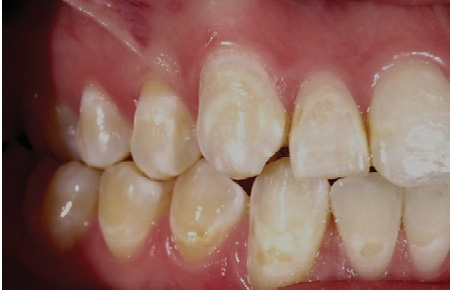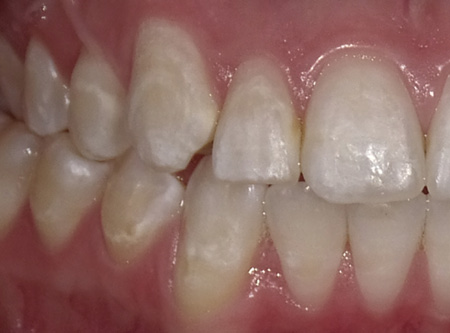Public Health
By Christine Nathe, RDH, MS
The National Health and Nutrition Examination Survey (NHANES), which is conducted by the Centers for Disease Control and Prevention (CDC), was recently published. The survey, authorized by the National Health Survey Act of 1956, has been conducted since the 1960s.1 Americans of all ages are interviewed in their homes regarding health, disease, nutrition, risk factors for disease, and health care utilization.1 The self-reported information is followed by a clinical examination, which is completed in a mobile unit.1
The NHANES population includes all demographics in the United States, except military members or institutionalized populations.1 The NHANES is designed to help health providers and administrators assess disease, risk factors, and health care and dental care utilization.1 Additionally, demographics are stratified for assessments in relation to race, ethnicity, age, and income level.1 This data helps paint a picture of Americans’ health status, nutritional habits, trends in disease, and risk factors for disease.
This can be an effective tool for dental hygienists interested in providing assessments as part of an overall initiative to improve the community’s oral health.
